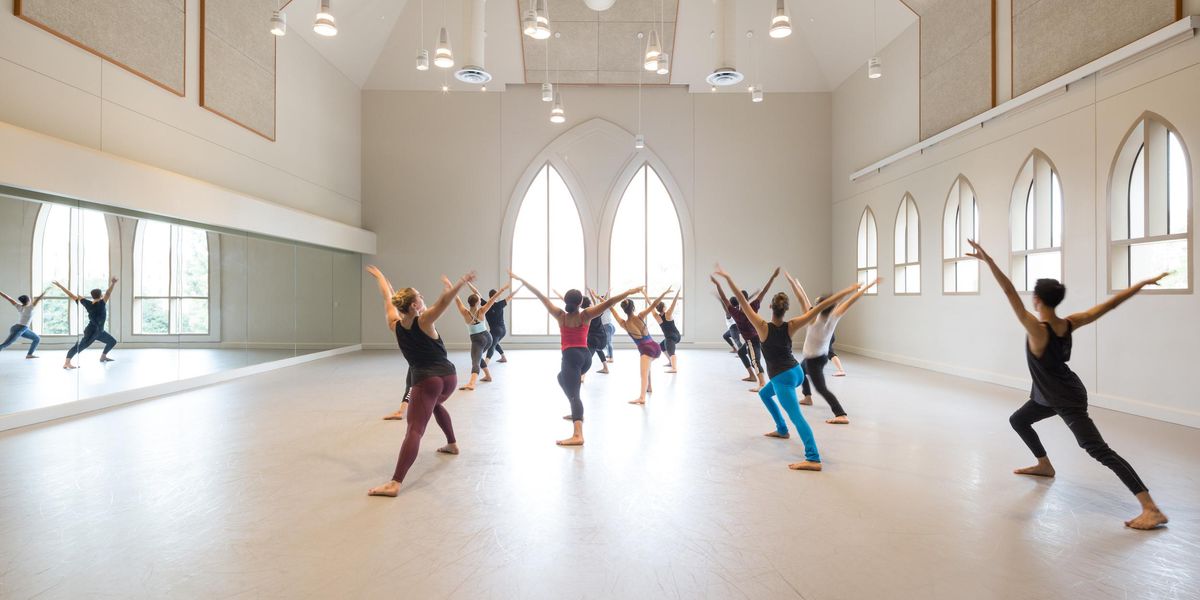How Does Ballet Fit Into a College Dance Department? Or, My Personal, Anachronistic Envy
After my first ballet class in college, I broke down and cried. I went to a sink to get a drink of water, and when the water gushed from the faucet, I started sobbing and couldn’t stop. I knew I was saying goodbye to ballet. Yes, we had a ballet class twice a week amidst a slew of modern classes and workshops. But other than that, the 10 years I had put into ballet seemed to have gone for naught.
I had to face facts. I knew I didn’t have the technique (the turnout, the balance, the feet) to make it in ballet. I had been studying modern at the Graham school and loved that too. But in order to re-envision myself as a modern dancer at Bennington College (which took my whole freshman year), I had to put ballet out of my mind.
I got over it. I threw myself into modern dance, which opened up to me just as literature and psychology opened up to me. And modern dance has a tradition of challenging students to choreograph, to wrestle with inspiration and craft. I found it stimulating and became a choreographer.
Why am I thinking about this now, decades later? Last Thursday I went to a gathering to celebrate former Balanchine ballerina Heather Watts, who had just been given an honorary doctorate by Hunter College. The host, Jody Arnhold, described how Heather (now Dr. Watts) poured her knowledge out during her inspiring acceptance remarks, making all kinds of connections, at the graduation ceremony earlier that day.
At this gathering I heard that in classes at Princeton, where Dr. Watts is also teaching, students learned actual Balanchine choreography. Of course, if students are taking a course in Balanchine, it’s invaluable to actually learn some sequences rather than just read books and watch DVDs. But if students aren’t at a professional level technically, is this advisable? My informers, Rebecca Lazier (a choreographer who teaches at Princeton) and Deborah Wingert (another former Balanchine dancer who also teaches there), told me that some students actually dance it on pointe. I wondered how much time a Princeton student has to keep her pointework up to par. (I’ve taught there too and I know how dedicated the students are to their academic subjects.) You can’t even major in dance at Princeton; it’s a program, not a full department.
I can’t tell whether my struggle to understand this integration of ballet into college dance has more to do with my worry about the territory of modern dance, or my own frustration (and anger and sense of loss) of having to choose between ballet and education back in the 60s. It’s probably my own experience that has made me skeptical that ballet can really fit into a liberal arts setting. Maybe it’s pure, backward-looking envy for something that was not possible when I went to college.
After going back there in my mind and feeling my sadness, I realize that the current students at Hunter, Princeton, and many other colleges are lucky to have teachers like Heather Watts, whose body and mind are full of her 25 years of dancing with NYCB. What bounty! Whether any of them become ballet dancers doesn’t matter, just as teaching advanced math doesn’t mean the students will all become mathematicians. But all dance students should know about Balanchine as well as about Graham and other pillars of what we understand the art of dance to be.
And for me, I said Good-bye to ballet as a potential profession back then, but I said Hello Again to ballet when I came on staff at
Dance Magazine in 2000.




